Aerospace, Flight Testing, Military, Pressure Measurement
Absolute Pressure Sensor or Gage Pressure Sensor?
An absolute pressure sensor measures the pressure relative to zero absolute pressure or a perfect vacuum. A gage pressure sensor measures the pressure relative to the normal atmospheric pressure. This can sometimes lead to some confusion when ordering an absolute pressure sensor for pressures that can be easily measured by a gage pressure sensors. Because absolute pressure is hard to achieve, absolute pressure sensors are harder to make which increases their cost and lead time.
One application where a gage pressure sensor can be used instead of an absolute pressure sensor is an airport which is at an elevation. We are going to use the Validyne P55 general purpose pressure transducer, which comes in gage, absolute as well as differential to demonstrate the differences.
According to the Validne P55 pressure transducer data sheet, the accuracy of the P55A(absolute) is 0.5% FS and the accuracy of the P55D(differential or gage) is 0.25% or optionally 0.1%. The ambient atmospheric pressures at the airports where these pressure sensors are being used will depend on the elevation. So taking elevation into account, the error due to atmospheric pressure variation are as follows:
The atmospheric pressure is 14.7 psia at sea level, 15.0 psia at 500 feet below sea level and 10.9 psia at 8000 feet above sea level. So let’s assume that this is the range of elevations at airports where these pressure transducers will be used.
The difference between greatest ambient atmospheric pressure (below sea level) and that of the highest elevation (8000 ft) is 15 – 10.9 = 4.1 psia. let’s add another 0.5 psia variation to that for atmospheric pressure changes due to the weather. So we have a possible 4.6 psia error in a 3200 psia pressure range. This equates to an error of 0.14% FS.
The error of a P55A is 0.5%, or approximately three times the maximum expected difference of the atmospheric pressure for any service location. So buying the absolute version only masks the atmospheric pressure variation errors and does not correct for them.
The P55D has a standard accuracy of 0.25% and the zero output could be offset slightly to account for the local atmosphere. The zero offset at 8000 ft, for example would be 10.9 psia, and this is about 17 mV on a 0 to +5 Vdc output for 0 to 3200 psia. If no correction is made for the atmospheric pressure at this elevation, the error would be 0.34% which is still less than the 0.5% for the more expensive P55A.
In any case, whether the zero error due to ambient pressure for different elevations is corrected for or not, the P55D is a better value and provides better accuracy on the measurement.
A P55D with 0.1% accuracy should probably be offset for the local conditions to get the best accuracy that can be achieved. But if 0.25% is sufficient, the atmospheric variation errors can probably be ignored.
If you want more information on what is the best option for your application, please feel free to call us at 818-886-8488 or email us at sales@validyne.com and one of our application engineers will be happy to provide you the right pressure sensor for your application.


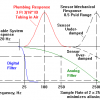
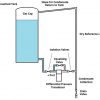
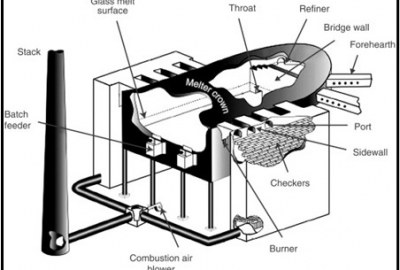
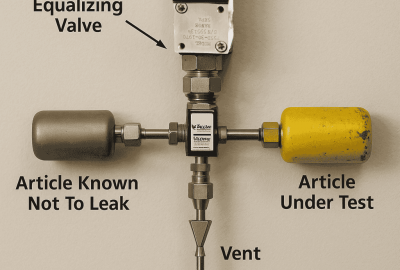
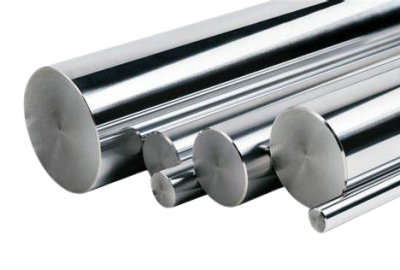


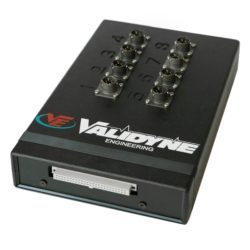
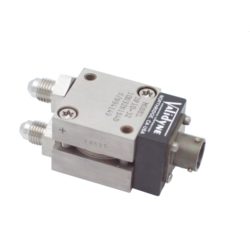
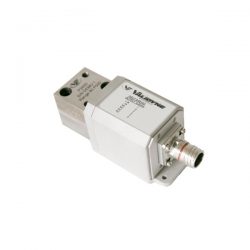
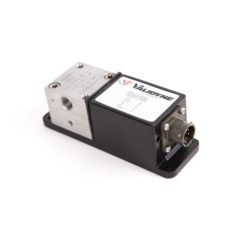
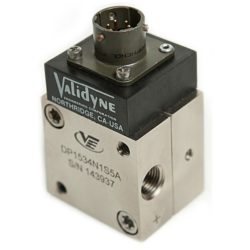
Leave a reply
You must be logged in to post a comment.